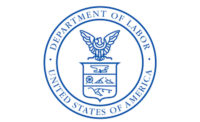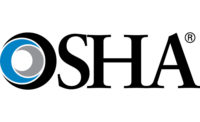The U.S. Department of Labor’s Occupational Safety and Health Administration (OSHA) today issued a final rule that provides employers with two new fit testing protocols for ensuring that employees’ respirators fit properly.
The new protocols are the modified ambient aerosol condensation nuclei counter (CNC) quantitative fit testing protocol for full-facepiece and half-mask elastomeric respirators, and the modified ambient aerosol CNC quantitative fit testing protocol for filtering facepiece respirators. Both protocols are variations of the original OSHA-approved ambient aerosol CNC protocol, but have fewer test exercises, shorter exercise duration, and a more streamlined sampling sequence.
These two quantitative methods add to the four existing in Appendix A of OSHA’s Respiratory Protection Standard, which contains mandatory respirator fit-testing protocols that employers must choose from to protect employees from hazardous airborne contaminants. The rule does not require employers in general industries, shipyard employment, and construction to update or replace their current fit testing methods, and does not impose additional costs.
The rule becomes effective September 26, 2019.
Under the Occupational Safety and Health Act of 1970, employers are responsible for providing safe and healthful workplaces for their employees. OSHA’s role is to help ensure these conditions for America’s working men and women by setting and enforcing standards, and providing training, education and assistance. For more information, visit www.osha.gov.
The mission of the Department of Labor is to foster, promote, and develop the welfare of the wage earners, job seekers, and retirees of the United States; improve working conditions; advance opportunities for profitable employment; and assure work-related benefits and rights.






